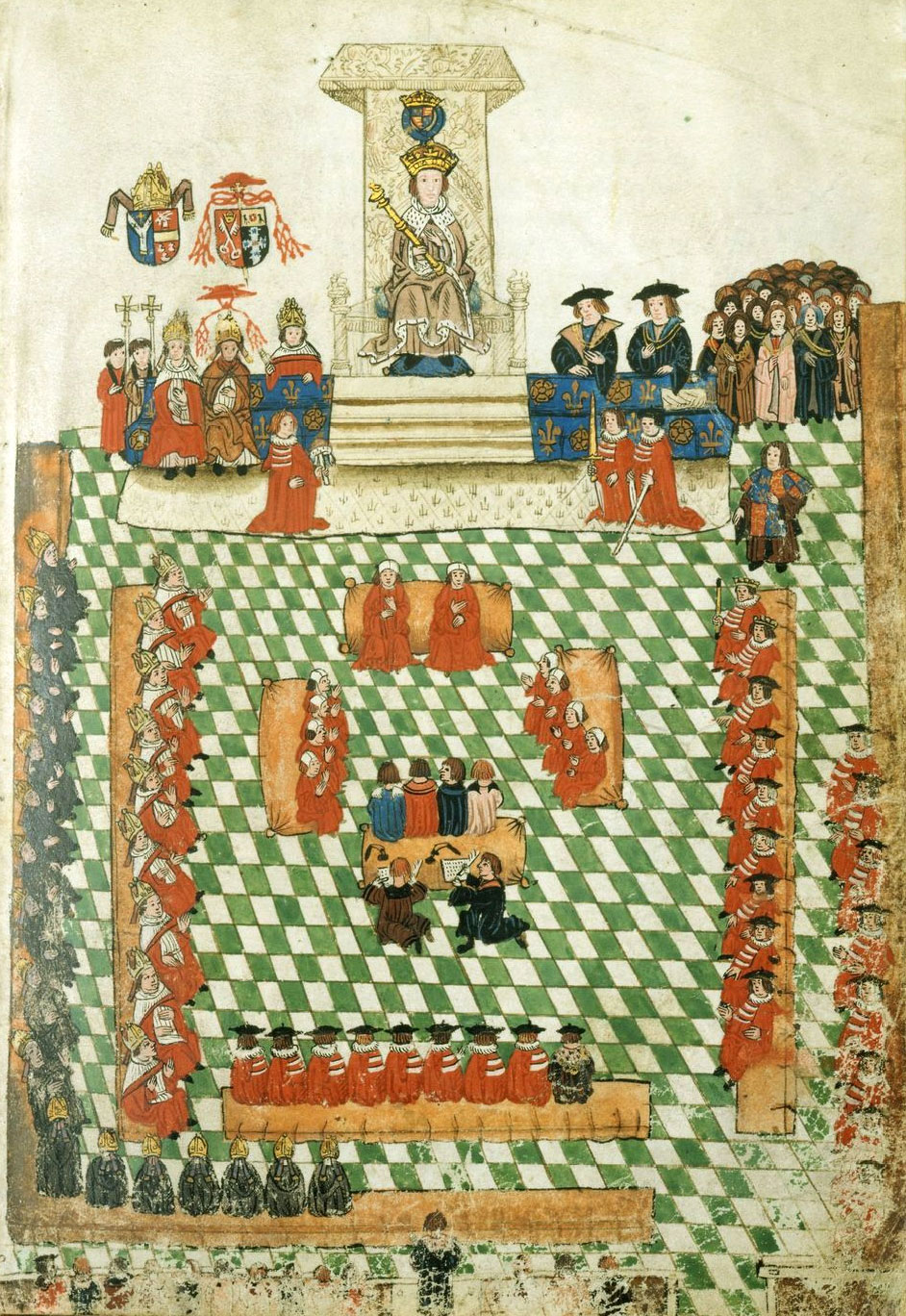Family Wealth & Inheritance
Chapter 2 : Baronies by Writ of Summons
There were specific rules for the inheritance of titles of nobility (although these were not exact and cases can be found that differ from the norm). In England, there were two basic types of title, the first was the Barony by Writ of Summons, and the second was the Barony by Letters Patent.
A Barony by Writ was created when a man received a summons to Parliament to sit as one of the King’s Barons. These were the earliest types of Barony and were heritable by daughters. If there was only one daughter, the case was simple. She would inherit the barony “suo jure” (in her own right). Her husband would hold the title “jure uxoris” (in the right of his wife) and attend Parliament.

If the wife pre-deceased her husband, the title would pass to her heir – her eldest son, or a single daughter. If there was more than one daughter, a variety of inheritance practices were followed. In earlier times, the barony would be inherited by the oldest daughter, and her husband.
Later, if there were multiple daughters, the lands would be split between them, but the barony would be “in abeyance” (not vested) unless the family agreed to one sister and her husband taking it. If agreement were reached, the family would petition the Crown to have it vested in the nominated couple.
If the family could not agree, the barony would remain in abeyance until there was only one heir from all of the daughters combined, which might take hundreds of years. Baronies that went into abeyance in the Middle Ages may still be brought out of abeyance today. For example, the Barony of Fauconberg went into abeyance in 1470, to be brought out in 1903.
In Scotland, the Lordships of Parliament are similar to Baronies by Writ of Summons.


